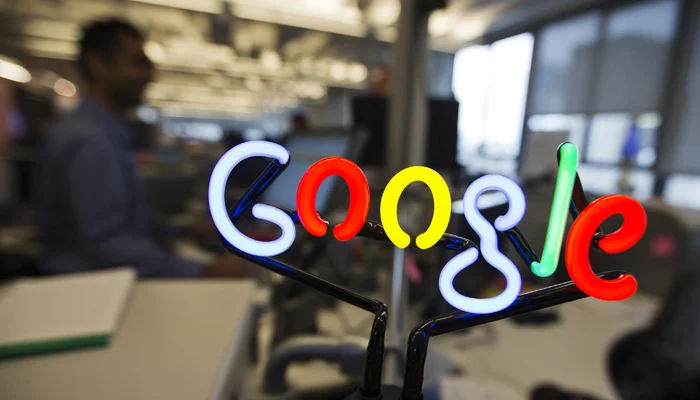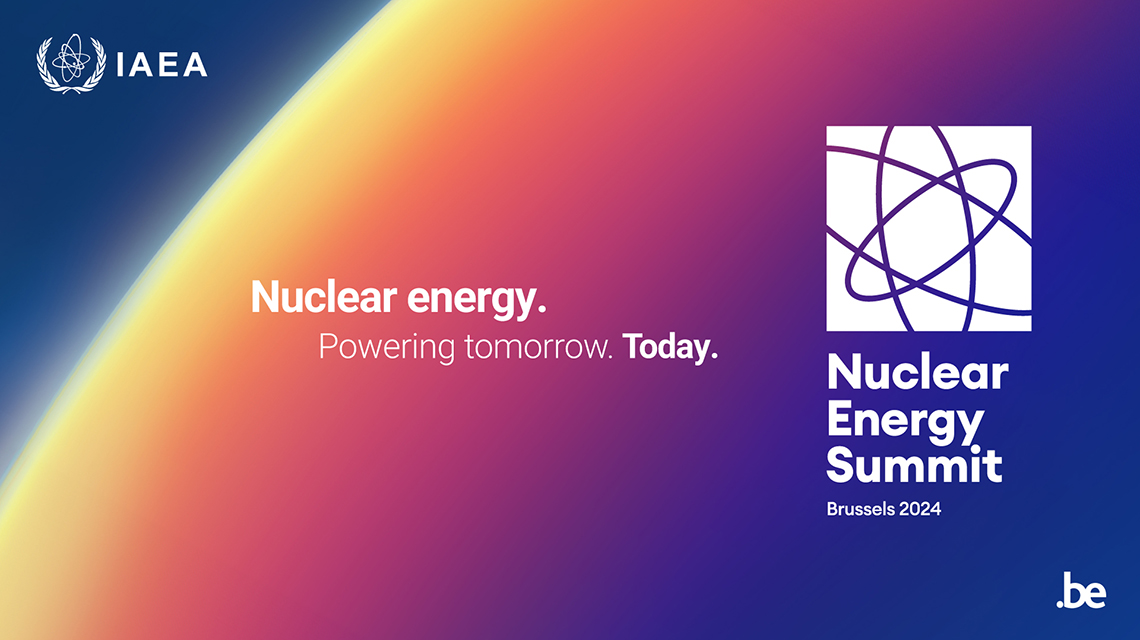Tech
Google registered as company in Pakistan

Latest News
Punjab will provide fifty thousand solar kits.
Pakistan
There will be free WiFi in public parks.
Pakistan
FM Ishaq Dar praises IAEA for using nuclear technology in a “peaceful” manner
-

 Latest News1 day ago
Latest News1 day agoPresident Raisi of Iran and FM Dar talk about bilateral relations.
-

 Latest News7 hours ago
Latest News7 hours agoNawaz Sharif departs for a five-day personal visit to China.
-

 Latest News1 day ago
Latest News1 day agoHydrocarbon deposits discovered by Mari Petroleum in Daharki, Sindh
-

 Latest News7 hours ago
Latest News7 hours agoTo discuss the judges’ letter, the IHC CJ calls for a full court meeting.
-

 Elections1 day ago
Elections1 day ago2024 by-election: PML-N leads for provincial seats and NA
-

 Latest News1 day ago
Latest News1 day agoIran Avenue is the new name of the highway in Islamabad, Pakistan.
-

 Business1 day ago
Business1 day agoOutsourcing: Investors from Turkey stop by the airport in Karachi
-

 Latest News1 day ago
Latest News1 day agoFor the Pakistani team’s T20I against New Zealand, Haseebullah has replaced Azam Khan.
























